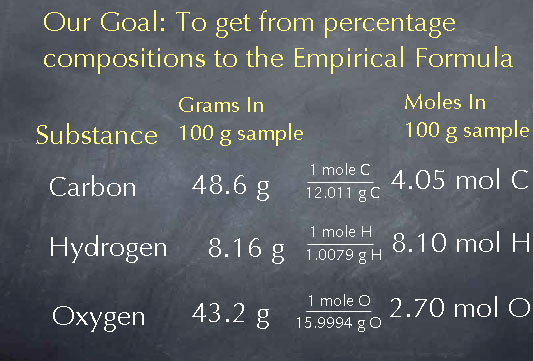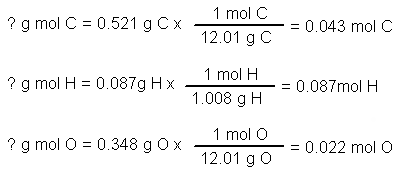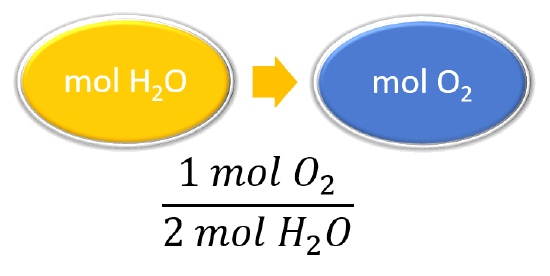
Chapter 11 : Matter Notes. Mole (mol) is equal to 6.02x10 23 The mole was named in honor of Amedeo Avogadro. He determined the volume of one mole of gas. - ppt download
Objective: Define empirical formula, and explain how the term applies to ionic and molecular compounds

Mole Concept and Chemical Calculations: Difference between Relative Atomic Mass, Relative Molecular Mass, Relative Formula Mass and Molar Mass

Bisphenol A, molecular formula: C 15 H 16 O 2, molar mass is 228.29 g/mol. | Download Scientific Diagram
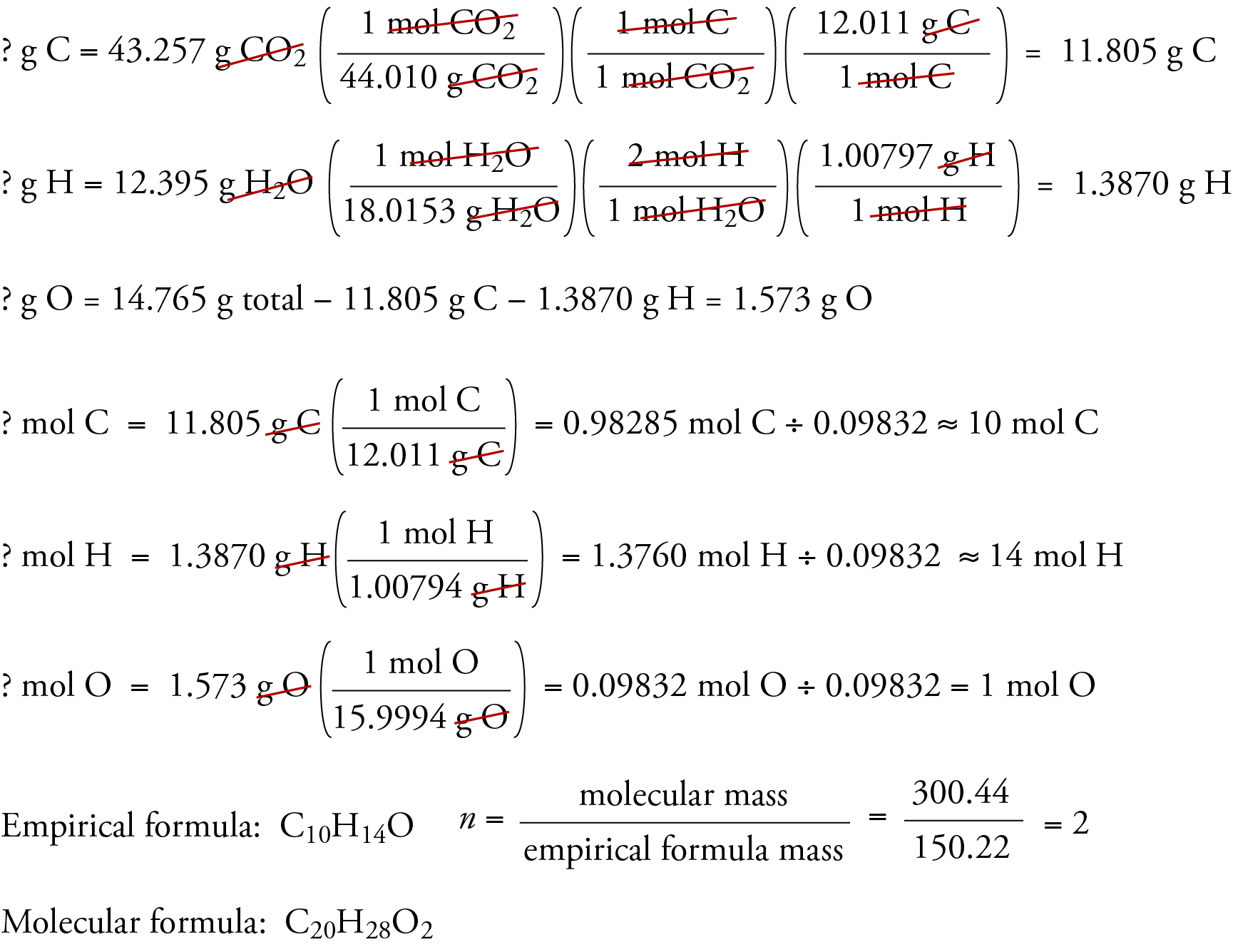
Empirical and molecular formulas for compounds that contain only carbon and hydrogen (C a H b ) or carbon, hydrogen, and oxygen (C a H b O c ) can be determined with a process called combustion analysis. The steps for this procedure are
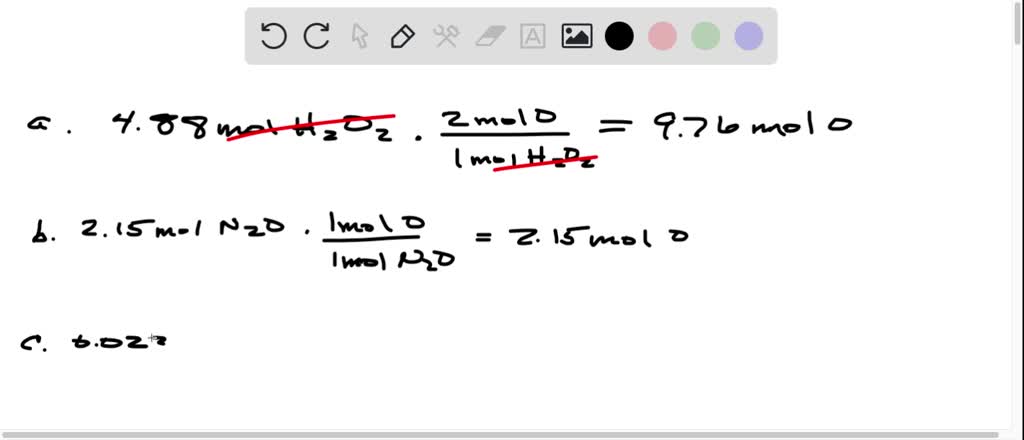
SOLVED: Determine the number of moles of oxygen atoms in each sample. a. 4.88 mol H2O2 b. 2.15 mol N2O c. 0.0237 mol H2CO3 d. 24.1 mol CO2

Practice Problem How many moles of aluminum oxide will be produced from 0.50 mol of oxygen? 4 Al + 3 O 2 → 2 Al 2 O mol? mol 3 O 2 = 2 Al 2 O ppt download


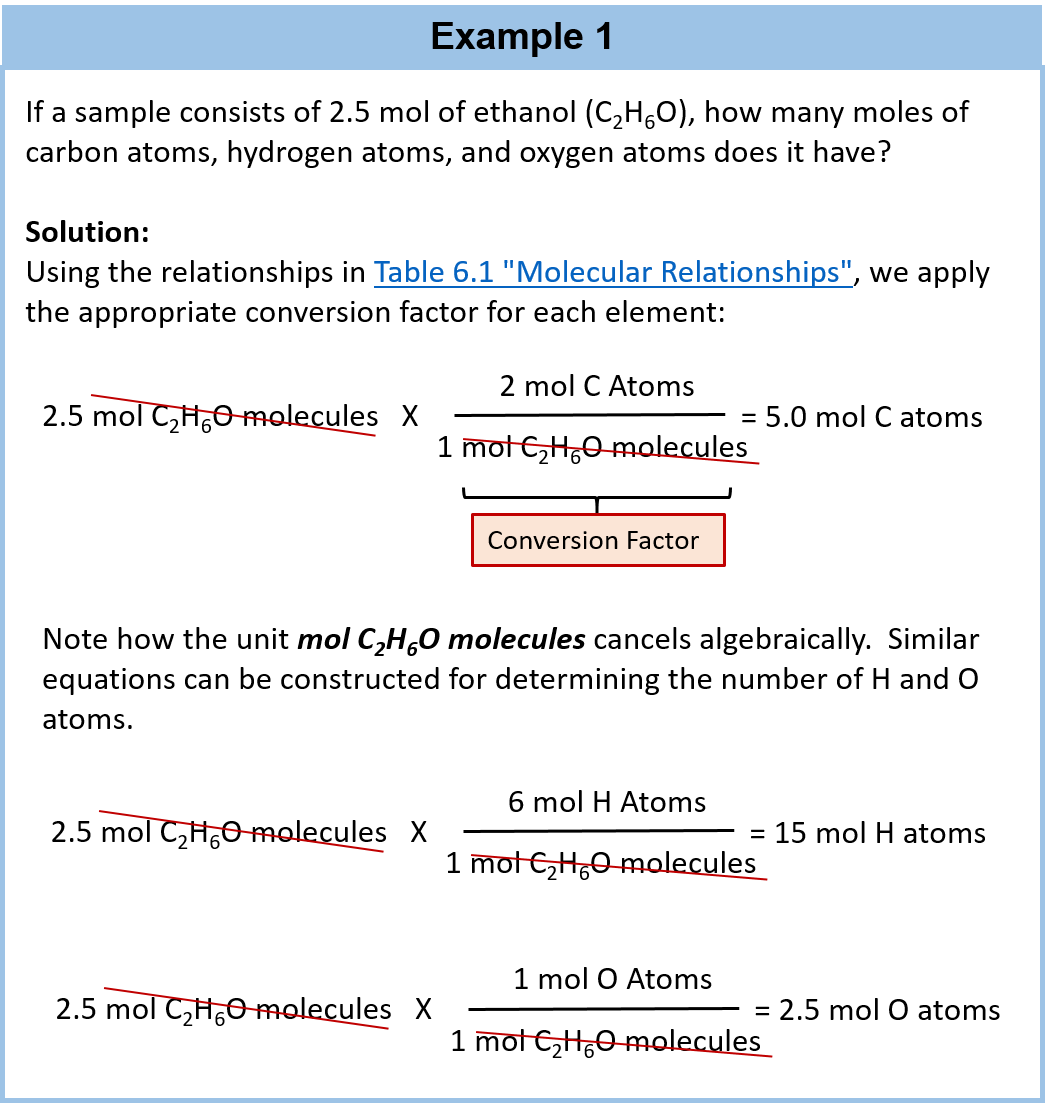
:max_bytes(150000):strip_icc()/pancit-molo-recipe-5209963-hero-01-c89a8ced0df74edb99b4379d413fca58.jpg)
